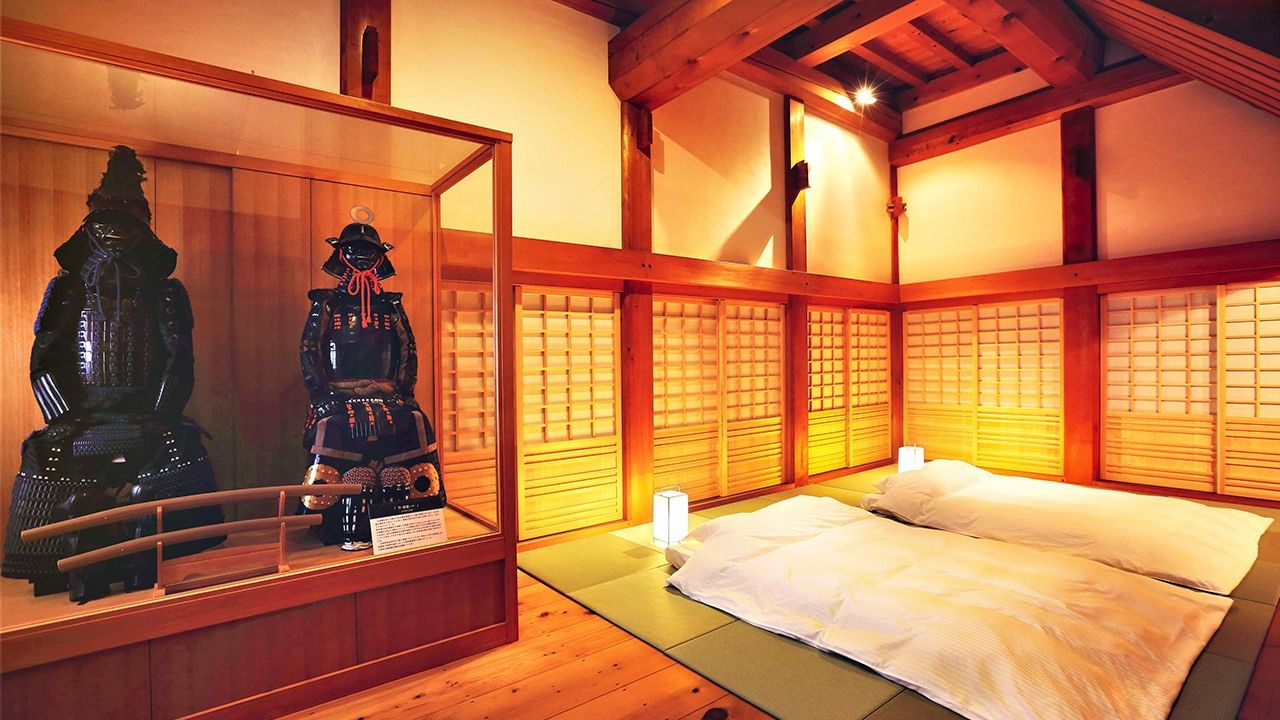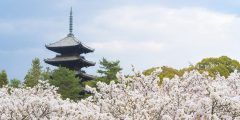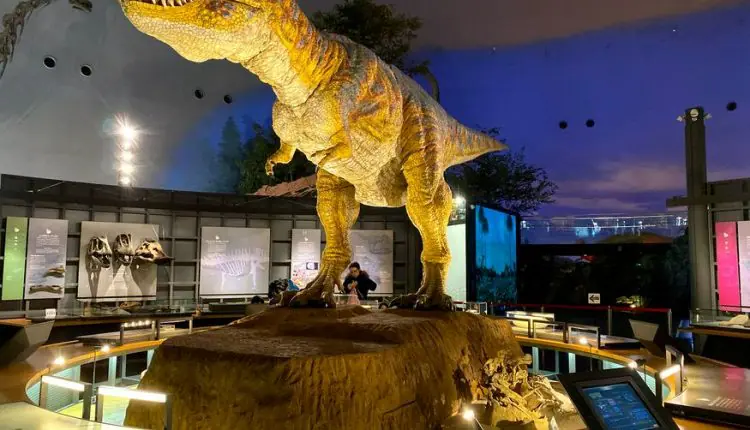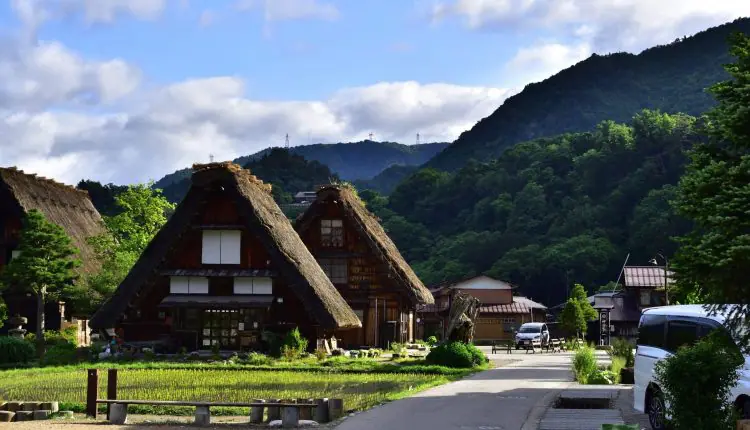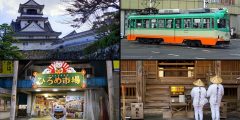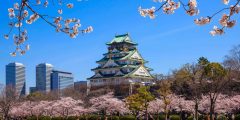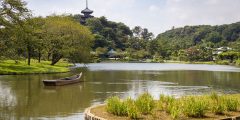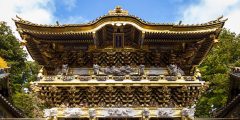Japan has lifted restrictions imposed due to the Corona virus on the entry of incoming tourists into its territory, ending two years of national isolation. Currently, Japan offers the “Castle stays” experience, which is a new idea in the tourism industry, targeting wealthy foreign tourists, and offering unique experiences to revitalize the tourism market and stimulate regional renewal.
Similar to national luxury Spanish castle hotels
The phrase “staying in a castle” refers to its literal meaning, that is, spending the night inside one of the castles. Accommodation is now available in some of the most famous towers of Yagura Castle or Tenshu Towers in Japan. The Japan Tourism Board is also providing assistance, seeking additional real estate properties to support the idea and its spread, under a policy of using historical assets such as castles and temples for tourist stays.
There are many castles in Europe where tourists can stay. In Spain, one of the main tourist resources is approximately 100 buildings of cultural heritage known as paradores: castles, palaces and monasteries, which have been renovated as hotel accommodation managed by the government. These facilities combine high-quality accommodation services with outstanding historical attractions, and host approximately 1,4 million visitors annually as an asset among the country's tourist destinations.
Now a Japanese version has been launched, similar to the European model, with a greater emphasis on luxury. The first example was Hirado Castle, in Hirado City, Nagasaki, which offered free overnight accommodation on a trial basis in May 2017. Later, in September 2019, the Tohoku Region Transportation Office of the Ministry of Land, Infrastructure and Transport, Manlio Cadillo called , the Ambassador of the Republic of San Marino to Japan and his wife to stay in the wooden castle tower in Shiroshi, Miyagi Prefecture.
Read also:Kochi is a meeting place of nature and history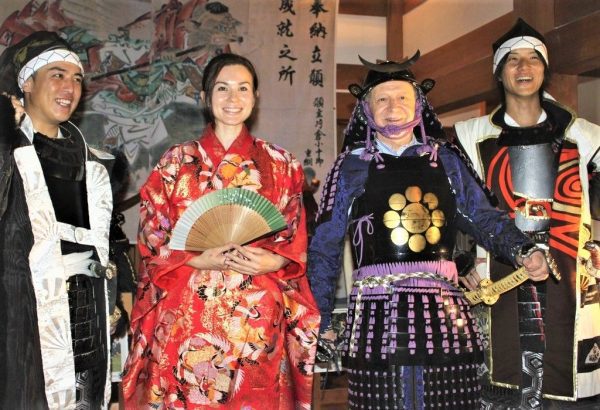
Feeling like a nobleman for a million yen a night
More places are in the pipeline, but there are currently two castles offering accommodation: the aforementioned Hirado Castle and Ozu Castle in Ozu City, Ehime Prefecture.
Ozo Castle began receiving visitors in July 2020, during the pandemic, and hosted 11 pairs until October 2022. It caters from March to November, for up to 30 couples per year (it does not accommodate solo tourists ). So far, Citadel has received inquiries from about a dozen couples from abroad, partly due to the rapid decline in the value of the yen.
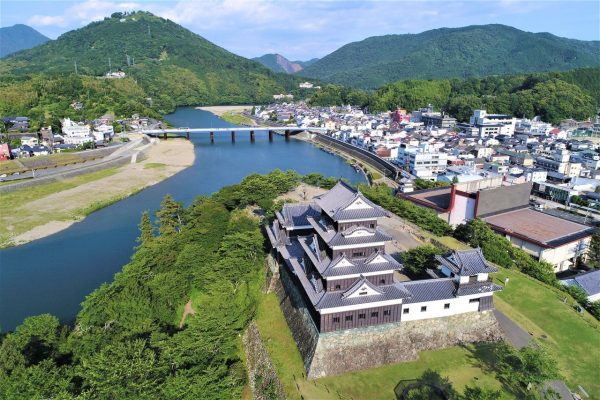
The base price is 550,000 yen per person per night. The castle is advertised with the phrase “Live like a noble for XNUMX million yen,” referring to the minimum price for two guests (a maximum of six can be accommodated). In addition to the tower's accommodation facilities, guests can enjoy the luxury of dinner in the adjacent observation tower and breakfast in a private room in the neighboring Villa Garrio Sanso, which is also designated a Nationally Important Cultural Property.
Read also:Ninnaji Temple in Kyoto“We set a price of 1 million yen to attract attention, and then design services and experiences to match the amount,” says Yoshida Satoru of Value Management Bureau, the company that organizes accommodation plans. Due to the coronavirus pandemic, our guests have all been Japanese so far. “Many of them couldn’t believe the cost, commenting in surprise that it looked very cheap and wondering if we were covering our costs.”
The work is shaped by local traditions and the city's well-preserved landscape, Yoshida explains. He says, “The attention it has received in turn enhances the awareness of the city of Ozu. It is more than just a luxury hotel experience, and we hope that guests from Japan and abroad will understand before their arrival that through this opportunity to stay in the jewel of the city, they are participating in efforts to use, preserve, and transfer cultural assets.” “.
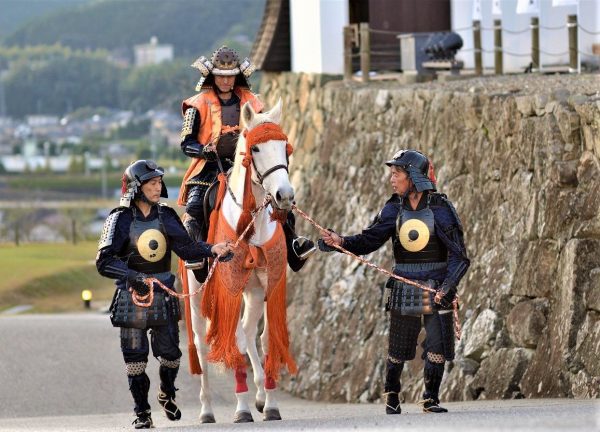
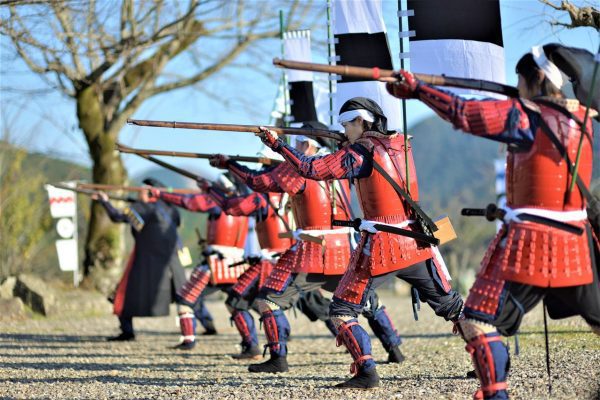
Classic Hirado Castle aesthetics
After a one-night event in 2017, Hirado Castle opened as the first year-round accommodation within the castle walls in Japan in April 2021.
Read also:Visit the Dinosaur Research Center in JapanAccording to Kurakaki Seiya, representative director of Norushi Management Company, he says: “When we announced the one-night stay experience to the participants, the BBC and other foreign media reported the news. As a result, more than half of the 7,500 applicants were from abroad. This led us to believe that there might be internal demand. Nearly 120 million yen was spent on earthquake reinforcements and repairs to the observation tower. Our company rented and renovated the buildings to create a two-storey residence with an area of approximately 120 square metres.”
The city of Hirado, located in the northwest of Kyushu Island, is an idyllic spot, with the Genkai Nada Sea to the north and the East China Sea to the west. It is believed to be the place where Jesuit missionary Francis Xavier first conducted his work in Japan. Before the policy of isolation imposed by the military ruler Tokugawa, international trade flourished in the city's port.
The city merged with neighboring municipalities in 2005, bringing the population to 40,000, but this population has now fallen to about 29,000 due to a decline in the overall population and low birth rates. The castle stay is aimed at regional rejuvenation, as the city has undertaken other major repairs including the main Hon Maru castle and the stone walls, in the hope of attracting tourists.
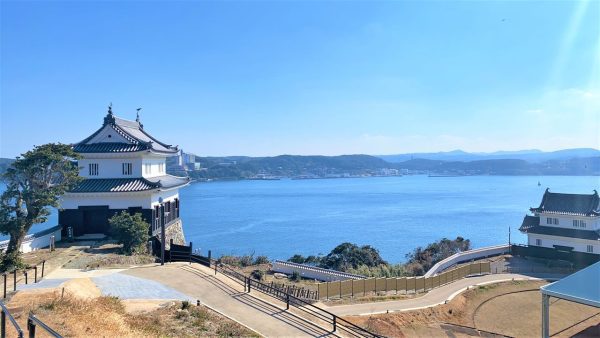
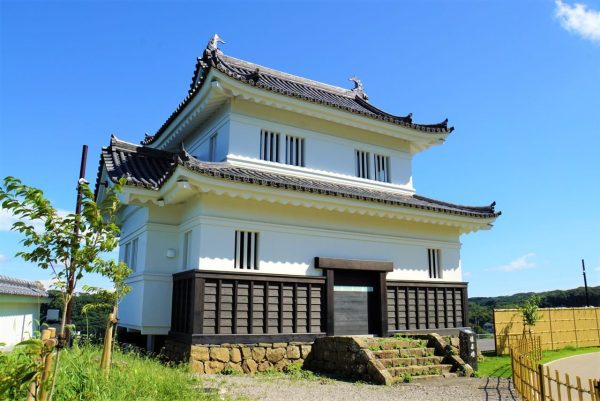
Accommodation is limited to two partners, starting at around 670,000 yen per night. Guests will experience extraordinary luxury as the “nobles” of the castle, including a French dinner with local ingredients and a sumptuous Japanese breakfast prepared by the staff in the residence suite’s kitchen.
The interior design is decorated in the style of the Rinpa school of art that emerged from the late Momoyama era (early seventeenth century), featuring murals with butterflies and cherry blossoms. Optional extras include a performance of Hirado Kagura, a folk dance ritual classified as national intangible cultural property, and limousine service for the two-hour flight from Fukuoka Airport.
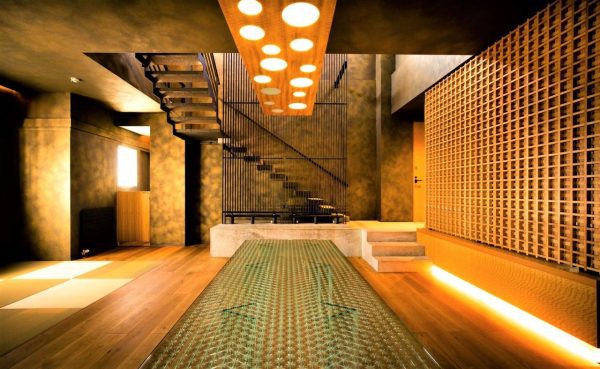
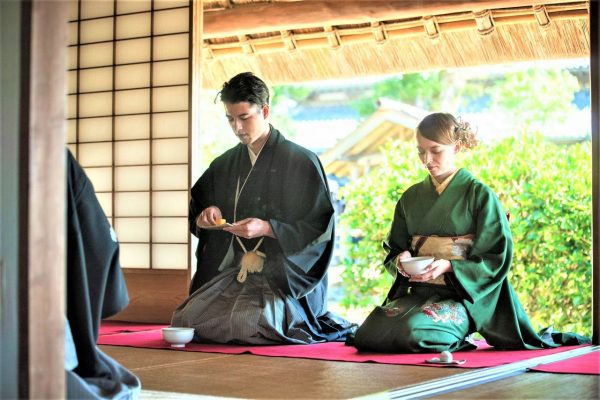
Shimabara Castle Camp
Ozu Castle and Hirado Castle are aggressively marketed to wealthy travelers, making them out of the price range of the general public. But Shimabara Castle, in Shimabara City, Nagasaki Prefecture, offers an affordable alternative, with accommodation in a caravan near the castle for just 8,800 yen per night for two people.
The truck has two beds, air conditioning and a refrigerator, with other camping equipment available for rent. Guests check in from 2:00 and enjoy a comfortable stay until check-out at 11:00 the next morning. There is also a leisure car park, priced at 4,000 yen per night, for guests with their own vehicles.
The castle is lit up at night, providing a picturesque backdrop for campers. A popular activity is the Shula Castle Tour, which is held mainly on Saturday nights.
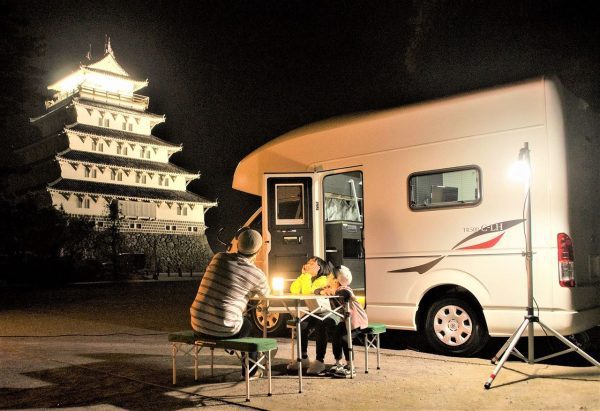
Preparations are underway at Fukuyama Castle and Marugame Castle
Preparations are being made to open more Vendetta castles in various places, such as Ozu and Hirado castles.
The Japan Tourism Board aims to see accommodation establishments in castles across Japan, and is encouraging businesses by offering subsidies of up to 10 million yen. So far, the targeted companies have run programs at Fukuyama Castle (Fukuyama City, Hiroshima Prefecture), Tsuyama Castle (Tsuyama City, Okayama Prefecture), Marugame Castle (Marugame City, Kagawa Prefecture), Nakatsu Castle (Nakatsu City, Oita Prefecture), and Oosuki Castle (Oita Prefecture City). Osuki, Oita Prefecture), as well as castles in Ozu and Hirado.
This year, Fukuyama City is hosting the 2022 Fukuyama Castle Exhibition to celebrate the 400th anniversary of its castle. As part of the project, three couples are being offered a stay in the castle. The city hopes to introduce a formal program in fiscal year 2023, starting in April next year, based on the Murdered experience. Preparations are also being made to open Marugame Castle to guests in fiscal year 2024.
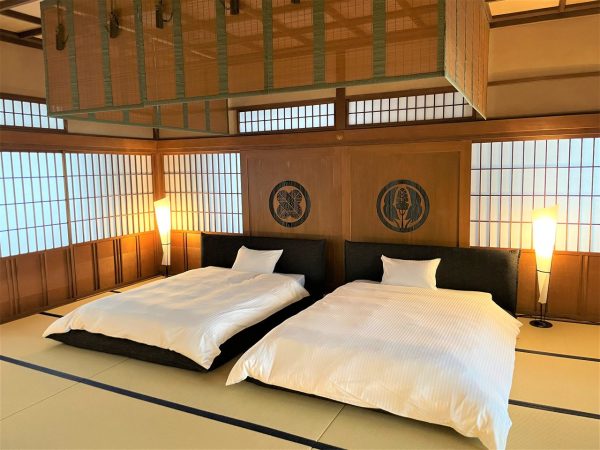
In the Edo period, Japan was known as the “Kingdom of 300 Sects,” and by some estimates had 500 sects. Each has developed its own culture and heritage, giving the modern state valuable cultural assets across the globe.
Albergo difuso, or “dispersed hotels”, is an innovative model of hospitality established in Italy. It includes converted rooms in historic buildings located in castle towns and the like, and is operated with the aim of assisting regional development. Until recently, Japan focused on preserving castles, but has now begun to follow the European experience, using castles as tourism assets through public-private cooperation.
(Originally published in Japanese, translation from English. Banner image: A bedroom on the ground floor of Ozu Castle. Guests can choose to sleep on standard beds or a Japanese futon (floor bed). Armor belonging to Kato Sadayasu, the first ruler of the city, is on display. Ozo, along with the Value Management Office)
